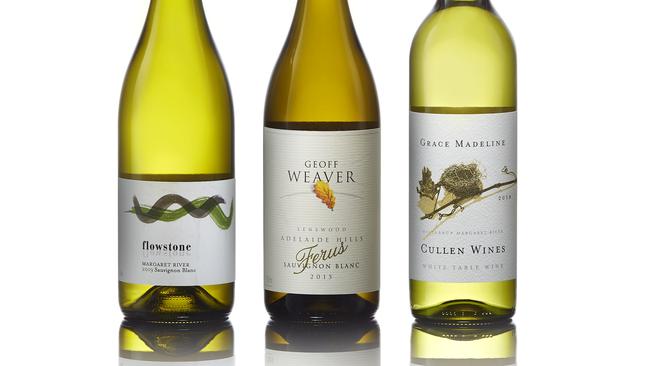How sauvignon blanc came of age
When it first arrived in the UK, NZ sauvignon blanc was described by a wine writer as ‘cats’ pee under a gooseberry bush’. What changed?

When it first arrived in the UK, New Zealand sauvignon blanc was (perhaps apocryphally) described by an English wine writer as “cats’ pee under a gooseberry bush” – a description gleefully picked up by Australian winemakers reeling under the floods of the wine exported into our market at low prices. At one time, more Marlborough sauvignon blanc was sold in Australia than any other varietal white wine. For the year to October 2021, it accounted for 59.2 per cent of sauvignon blanc sales.
Marlborough was a near-accidental wine region when Montana planted the first vines in the area, initially with müller-thurgau; the soil on the flat alluvial plain had next to no value for any other form of agriculture. Coupled with a very cool climate it proved perfect for sauvignon blanc, and within 20 years it had become a global success story, with the UK, the US and Australia all clamouring for more.
It became apparent that Marlborough was going to continue to supply wine fertilised by an unplanned tax break that went on for years right under the noses of Canberra’s tax authorities. But there was a wholly unexpected increase in Australian production of sauvignon blanc in the face of seemingly impossible competition.
Producers in Margaret River and the Adelaide Hills came up with different answers. Shaw + Smith accepted the Marlborough model but subtly changed the details of vinification, and is relentless in its attention to detail. The marketing of its Adelaide Hills Sauvignon Blanc is equally polished and poised at the top end of the scale.
The other approach had a precedent in the Loire Valley via the charismatic Didier Dagueneau, texture and structure folded through wines akin to White Burgundy, and able to live for years. The three wines profiled today stand tall in this club.
2019 Flowstone Margaret River Sauvignon Blanc
Hand-picked, whole bunch pressed, fermented in used barrels and demi muids, matured for 11 months. A very expressive floral bouquet, with tropical and savoury nuances, the two strands playing off against each other on the long, complex palate. Easy to forget what the variety is, but not its sense of place. 12.5% alc, screwcap. 95 points, drink to 2026, $32
2015 Geoff Weaver Ferus Lenswood Sauvignon Blanc
Estate-grown, wild-fermented in French barriques followed by 12 months maturation therein. Brilliant green-gold, and still as fresh as a daisy. As good as they can possibly come in this style, said without intending to demean a wine of international class. 13.5% alc, screwcap. 96 points, drink to 2025, $45
2018 Cullen Wines Grace Madeline
A 60/40% sauvignon blanc semillon blend, the sauvignon blanc portion matured in French oak for three months. Named after Vanya Cullen’s grandmother, a suffragette from Tasmania. My drink-to date five years hence underlines its development potential. 13% alc, screwcap. 95 points, drink to 2026, $39



To join the conversation, please log in. Don't have an account? Register
Join the conversation, you are commenting as Logout